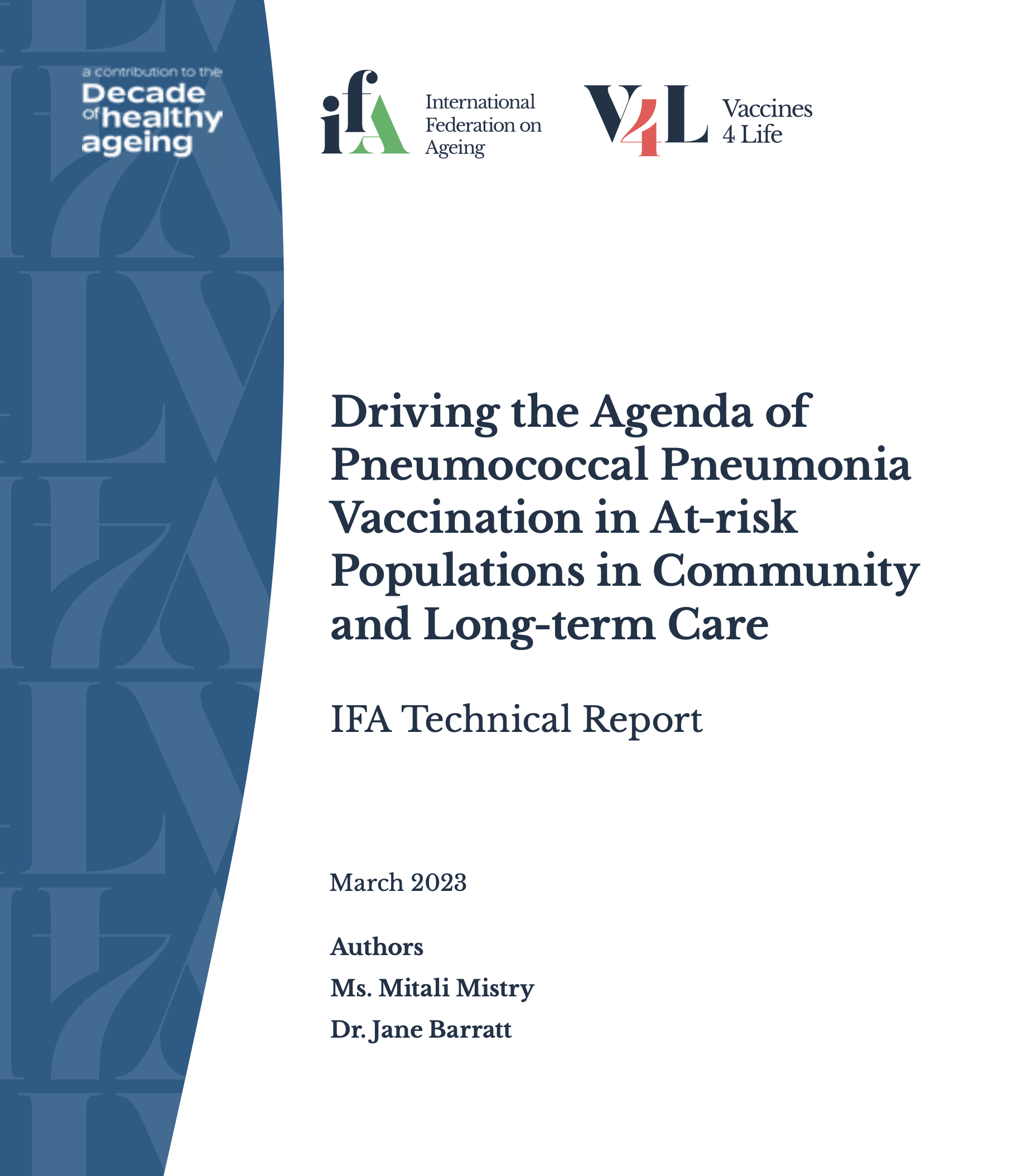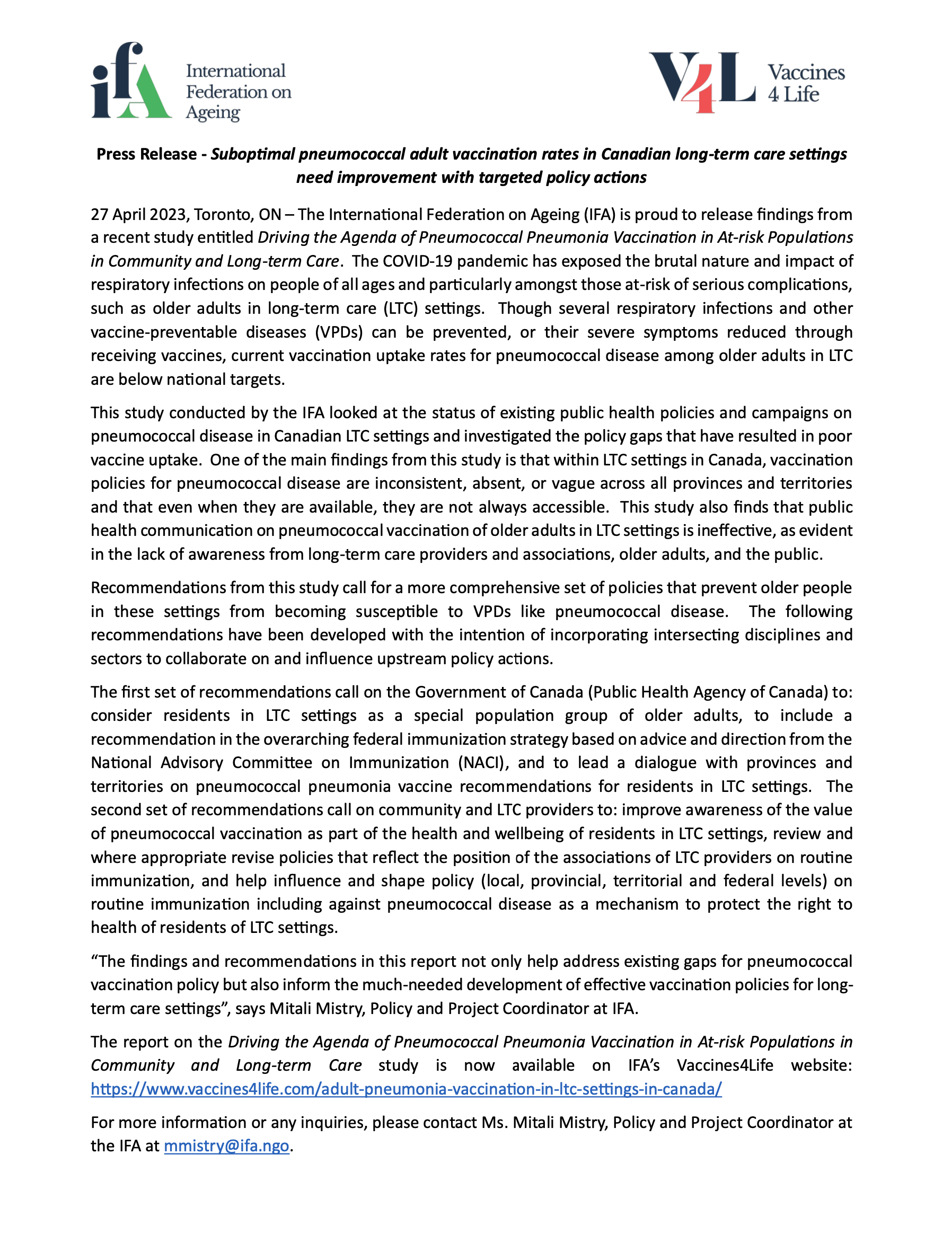Pillars of Strength: A Photo Exhibit Celebrating Seniors
On October 1, Sanofi Pasteur invites you to celebrate National Seniors Day!
Seniors are cherished members of our communities, contributing to our lives in countless ways. Let’s celebrate seniors and raise awareness of the burden of flu on seniors, the domino effect it has on their lives, the importance of protecting them and keeping them active, healthy and independent.
WHAT:
Join Sanofi Pasteur to view a larger-than-life photo exhibit celebrating our seniors, featuring compelling images of seniors and words from Canadians across the country. You’ll also hear from a variety of speakers including Ontario’s Deputy Premier and Minister of Health, and Canada’s largest advocacy association for older Canadians, CARP.
WHEN:
National Seniors Day
Tuesday, October 1, 2019
Doors open at 11:00 a.m.
Official programming starts at 11:30 a.m.
WHERE:
Richmond-Adelaide Centre,
130 Adelaide St. West, Toronto
Register here.
[ms_document url=”https://www.vaccines4life.com/wp-content/uploads/2019/10/IDOP-Pillars-of-Strength.pdf” width=”900″ height=”1200″ responsive=”yes” viewer=”google” class=”” id=””][/ms_document]IDOP-Pillars-of-Strength

Pneumococcal disease is a leading cause of hospitalization and mortality in Canada. There is a high prevalence of this disease amongst populations that are most at-risk of serious complications from infection, such as older adults in long-term care settings.
The ‘Driving the agenda of pneumococcal pneumonia vaccination in at-risk populations in community and long-term care’ study was conducted to understand the status of existing public health policies and campaigns on pneumococcal disease in community and long-term care settings and its implications on the uptake of pneumococcal vaccination. The report highlights policy gaps for pneumococcal vaccination across long-term care settings in Canada and accordingly provides recommendations for policy improvements.
Pneumococcal disease is a leading cause of hospitalization and mortality in Canada. There is a high prevalence of this disease amongst populations that are most at-risk of serious complications from infection, such as older adults in long-term care settings. Check out the technical report to learn more.








